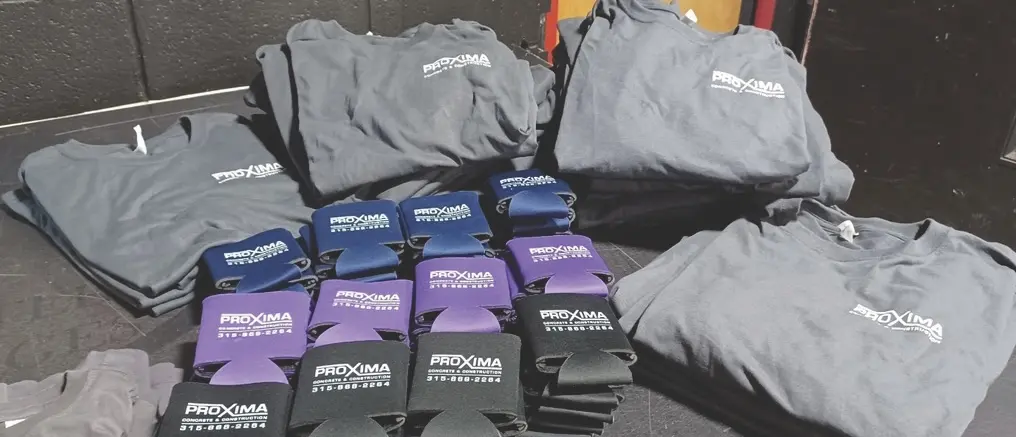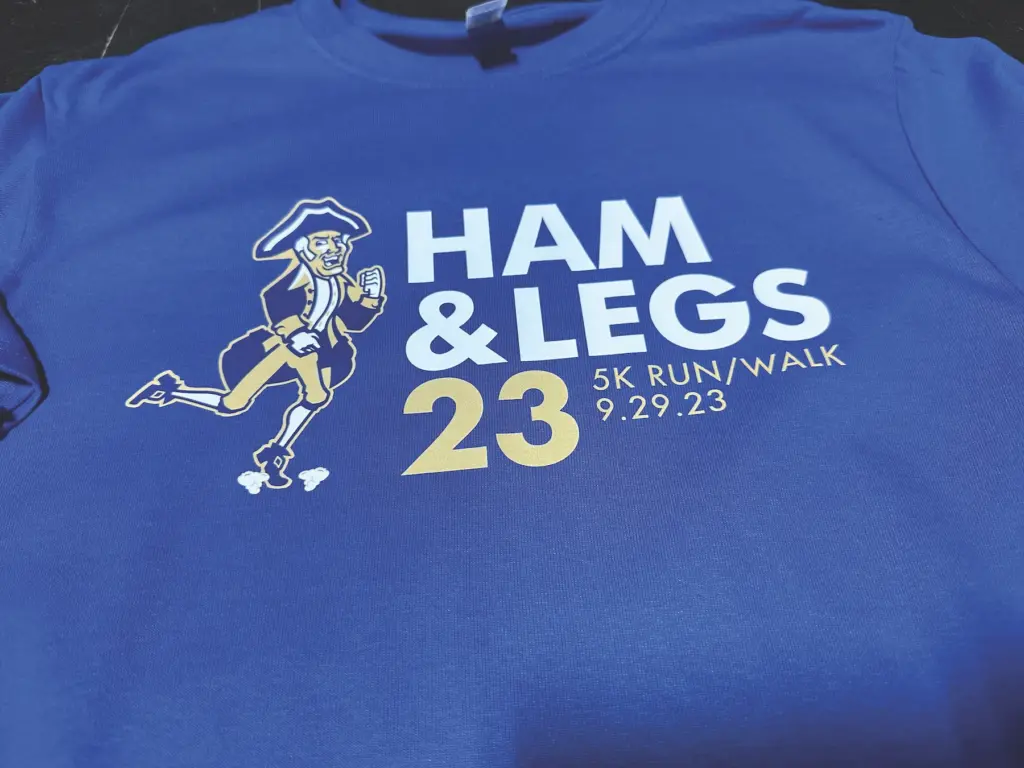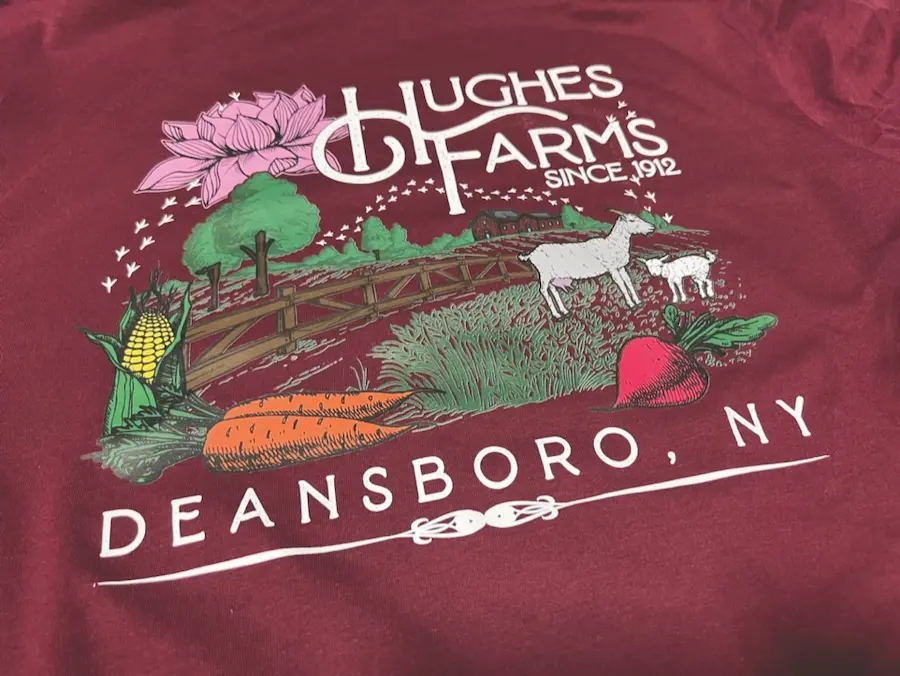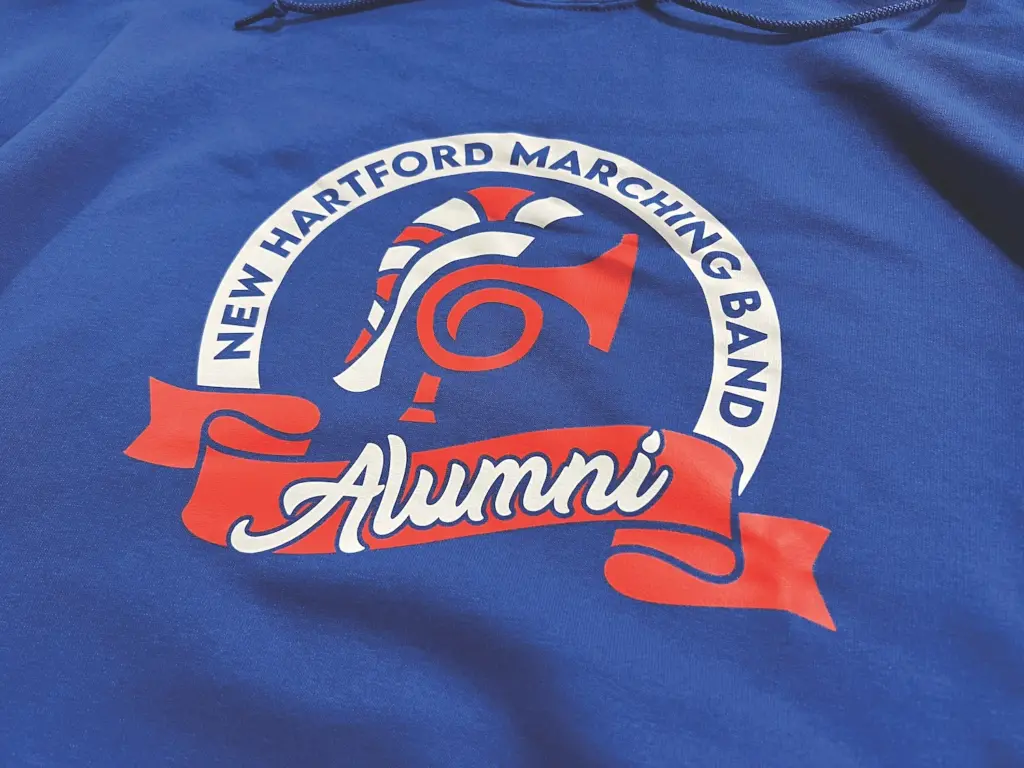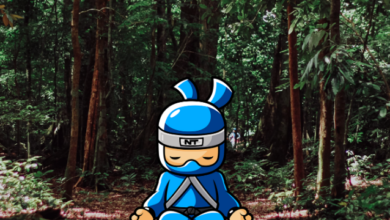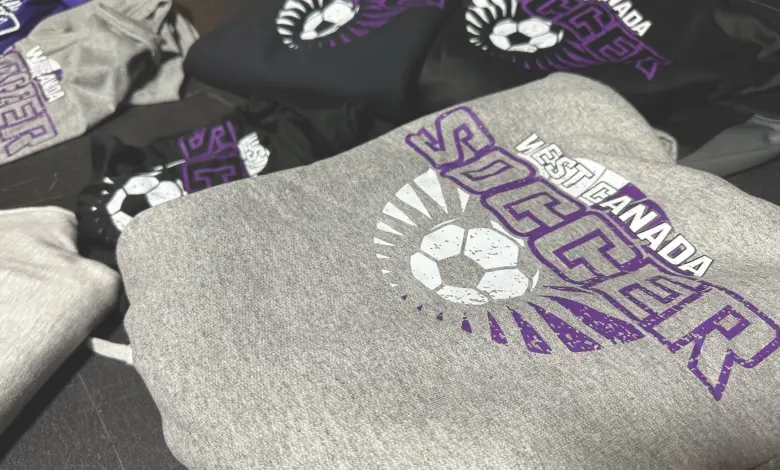
When I stumbled upon the process of direct-to-film (DTF) in 2022 in a GRAPHICS PRO email, I never imagined it would be the game changer of a process that it has become for us in just under a year. Very few processes come along that can not only make production easier but can also dominate other processes right out of the gate. Here is some positive information in addition to some pointers to help keep you on track with production using the growing, evolving process that is DTF.
Certainly, every process has its pros and cons. With DTF, you have so many more pros than cons that it’s not even funny. At times it doesn’t even seem real to me, despite the fact that we have been up and running with the process for 11 months.
The cons

Let’s start with the cons, since there are so few of them to begin with. For one thing, you really need to pay attention to the amount of moisture in the air. It can make the print heads a little tricky at times if you allow the air to get too dry for too We created an online store for the Utica Fire Department to raise money for the month of November. long. Really, you should shoot for a 50% humidity level as much of the time as you can, and if you are not printing daily, be sure to at least run a test print each day — sort of like you should with sublimation to keep the ink flowing and moving. (In our case we run daily, so this is not an issue for us.)
Another con is the need to invest in an emergency parts kit, no matter which manufacturer you go with. You need to be prepared so that if anything breaks, replacement parts are on hand. This will lessen your potential downtime, save you money on overnight shipping, and allow you to get back up and running quickly.
Time is money, and it all adds up. We invested close to $3,000 in spare parts to be safe. With any new process, or even normal processes that have been around for a while, you should always look at investing in the most common parts to have on hand if you want very little to no downtime in production. On that note, make sure you do not skip out on the basic maintenance your manufacturer recommends. Most people in our industry like to push and stretch their equipment too far, which I never recommend no matter what process you are using.
Preventive maintenance is key to not only stay running, but to help maintain your quality! Never skimp on it. The good thing is you can program this downtime into your production time to be safe. If you follow the simple steps and rules provided by the manufacturer, you will have great success with your machine more often than not.
The pros
Now for the fun part! Let’s talk about the pros of DTF. We have been in business for 20 years and are well-versed in several different processes, so we were able to get up and running much quicker than most to test our capabilities with the DTF printer. We ended up investing in ColDesi’s DTF 24H4 printer. We purchased the largest model they had so we could grow into it since we knew we had the space. Even with the largest unit, you don’t need more than 120 square feet to get up and running. DTF takes up much less space than screen printing and gives you full-color printing abilities right out of the gate. And, you can print on several different types of fabric without needing to use additives.
Another huge pro — the return on investment (ROI) on our DTF printer is insane. T he first month we limped in promoting the process since it was still very new to us and the public. We ended up producing around $12,000 in sales. Overall, for the year, we have done $514,000 in production with this process and we are averaging $50,000 per month in production. The most we have produced in one month so far was $77,000, simply by investing in a DTF printer. We spent around $42,000 since we purchased the fume extractor and extra supplies and parts to have on hand. Throughout the year, we have also invested in three more heat presses to keep up with demand.
In addition to having tremendous ROI, a DTF printer really lowers the skill level and training time needed for new staff versus screen printing. You can have people heat pressing orders the very same day they start working for you, which lessens the delay on your return for new hires.
However, I would still suggest being hands on with new employees for two weeks and following through with spot checks over the course of a couple of months to make sure they are on point. People tend to stray and try to cut corners, which you do not want.
Our screen-printing volume has been cut in half from this time last year, which means my team is not having to print as many positives and clean screens daily, there are less ink messes, we aren’t losing set up time, and we can focus more on the cleaner, easier process of DTF. It’s much less stressful and easier for all to do as a team.
Let’s talk a little further about the numbers. We have already done $514,000 in production with DTG and we have spent around $40,000 on supplies and extra parts to have on hand in case of an emergency.
That means the cost of our supplies and extra parts for the entire year was only 7.78% of what we did in production, for a process that provides customers with a full-color option and is safer and easier for your team. You can’t lose! We have produced a minimum of around 41,000 pieces. We have at least $4,000 of supplies on hand, which means the worst-case cost is $0.88 per item sold to produce DTF prints. Now remember, each order could have a front and a back or a single side that is larger than two locations combined. Imagine what the cost would be to screen print an equivalent amount, and how much work it would take to produce even a two-color design that way, not to mention the back-end labor required to get the jobs ready. With DTF, you simply print, trim the transfer, and heat-press it.
On average we are running our DTF printer four to six hours per day, and it usually takes 45 minutes on average to trim down a full roll of film after it is done printing. The average pressing time can vary per location, but for us we stick with 40 perfect presses per hour for apparel. When you get to bags, can koozies, and more you can turn over a minimum of one hundred perfect products per hour.
From one professional to another, I would not suggest waiting past the first quarter to get into the DTF market. It truly is a game changer for companies of any size. Do not get left behind on something that is a sure win.


